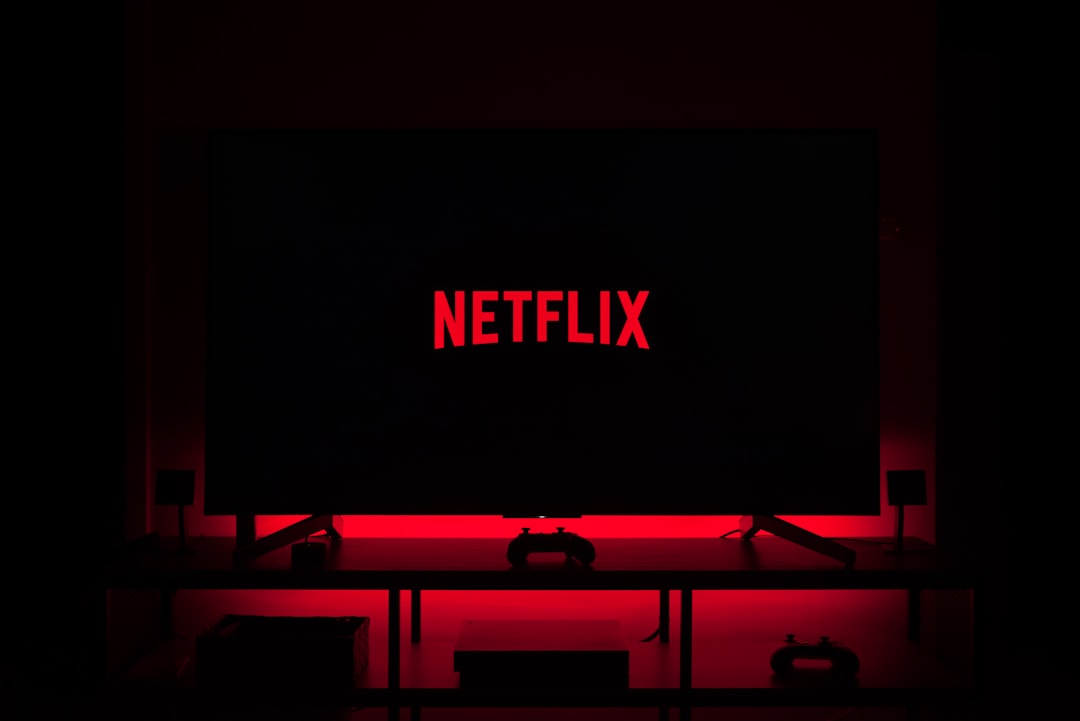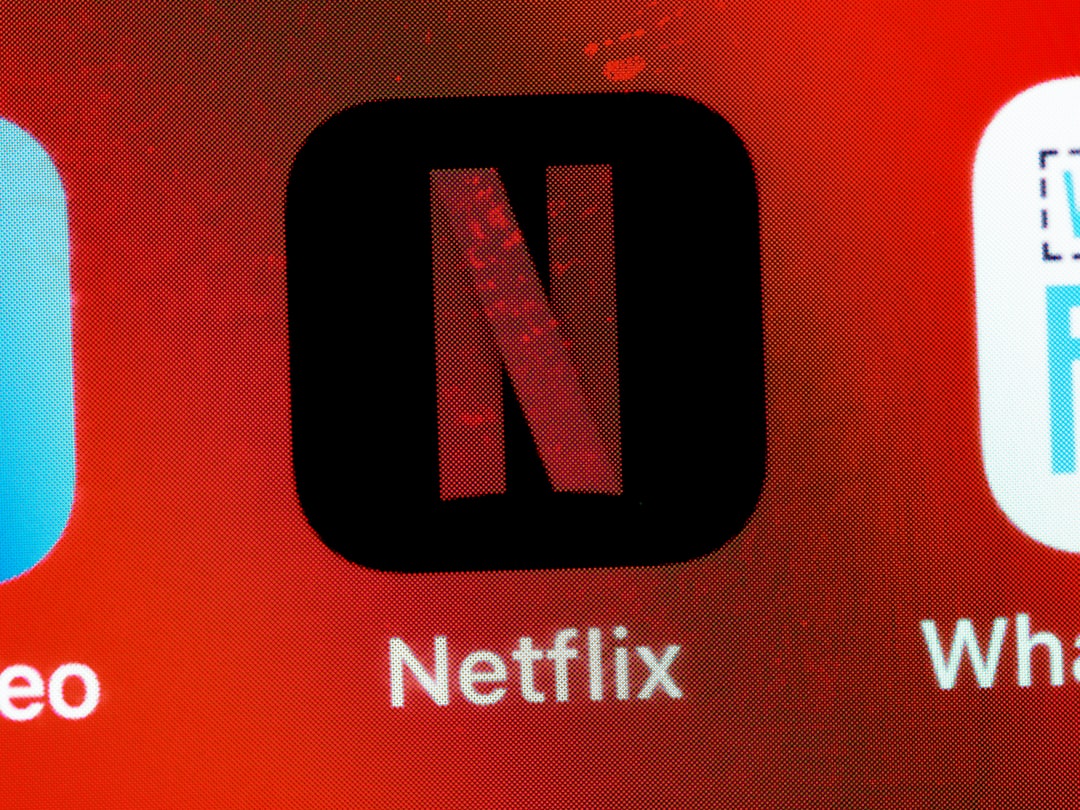In today’s ever-evolving digital landscape, few companies have had as profound an impact on entertainment as Netflix. With over 230 million subscribers worldwide, the once small DVD rental service from the late 1990s has blossomed into a global streaming giant. But how did this transformation happen? What were the pivotal turning points that helped shape Netflix into the media powerhouse it is today? Let’s take a journey through the company’s compelling history, beginning from its modest origins to its groundbreaking innovations that continue to redefine how we consume content.
The Birth of Netflix: 1997
The story of Netflix began in August 1997 in Scotts Valley, California. The company was founded by two entrepreneurs, Reed Hastings and Marc Randolph. Hastings, who had a background in computer science and mathematics, had recently sold his software company, Pure Atria, for a significant sum, giving him both the financial means and the motivation to start a new venture. Randolph, an experienced marketer and business executive, shared Hastings’ passion for disruptive innovation.
There’s a well-known anecdote about Hastings getting hit with a $40 late fee after returning a rented VHS copy of Apollo 13, which reportedly sparked the idea for a rental service without late fees. While the validity of that story remains speculative, what’s undeniable is that the duo saw an opportunity to merge emerging DVD technology with the efficiency of e-commerce.

This gave rise to a disruptive model: a DVD-by-mail subscription service that allowed users to rent movies online and have them delivered to their homes—without due dates or late fees. By early 1998, the official Netflix website launched with a library of roughly 925 titles available for rent. Customers could order DVDs online, and the company shipped them via the U.S. Postal Service.
Transition to Subscription-Based Model
Initially, Netflix operated on a traditional per-rental model, charging fees for each DVD ordered. However, competition and logistical hurdles prompted a reevaluation. In 1999, Netflix introduced a subscription model that allowed unlimited DVD rentals for a flat monthly fee. This eliminated late fees and due dates altogether—a move that rapidly attracted more users.
Around this same time, the company innovated further by introducing a queue-based system. Customers could build an online list of movies they wanted to see, and Netflix would automatically send the next available titles in the user’s queue. This model not only streamlined the rental process but also made it habit-forming.
Facing and Surpassing Competition
By the early 2000s, Netflix was gaining traction but still faced intense competition from traditional video rental giants, most notably Blockbuster. In an interesting twist, Blockbuster had the chance to buy Netflix for $50 million in 2000—but turned it down. That decision would go down in the annals of business history as a missed opportunity of epic proportions.
Netflix’s agility in the face of growing technological shifts allowed it to outmaneuver its competitors. By leveraging algorithms and data analytics, the company improved user recommendations and satisfaction. The launch of the Cinematch recommendation engine further enhanced the customer experience, making it easier for users to discover new titles based on past preferences.
The Streaming Revolution: 2007
The most significant turning point in Netflix’s history came in January 2007 when the company launched its online video streaming service. This allowed subscribers to view a limited catalog of content instantly over the internet. Initially, the feature was met with modest success, but it laid the groundwork for a seismic shift in how people consumed media.
The move to streaming marked a fundamental departure from physical media, allowing for faster and more convenient access to content. Over the next few years, Netflix invested considerably in acquiring streaming rights from major film studios and television networks, expanding its catalog at a rapid pace.

Original Content and Global Expansion
Another major milestone came in 2013 with the release of Netflix’s first original series, House of Cards. Directed by filmmaker David Fincher and starring Kevin Spacey, the show garnered critical acclaim and signaled Netflix’s entry into content production. This shift proved monumental, as creating proprietary content gave Netflix greater control over its offerings while reducing reliance on outside studios.
Since then, Netflix has invested billions of dollars in original programming, producing hits like Stranger Things, Orange is the New Black, and The Crown. Meanwhile, the company aggressively expanded into international markets, beginning with Canada in 2010 and quickly reaching Europe, Latin America, and Asia thereafter. By 2016, Netflix was available in over 190 countries worldwide.
The Pandemic and Ongoing Innovation
The COVID-19 pandemic in 2020 further solidified Netflix’s standing as an essential part of the entertainment ecosystem. With cinemas closed and people confined to their homes, demand for streaming services skyrocketed. Netflix experienced a surge in new subscribers and saw exponential growth in viewing hours globally.
Not one to rest on its laurels, the company has since ventured into interactive content like Black Mirror: Bandersnatch, and even began investing in gaming and mobile content. These strategic moves hint at Netflix’s ambition to evolve beyond a traditional streaming platform into a multifaceted digital entertainment ecosystem.
Financials and Market Influence
From its initial public offering (IPO) in 2002 at just $15 per share, Netflix’s stock has seen astounding growth. At various points in the 2010s, it was one of the best performing stocks on the S&P 500. Today, Netflix is a household name, not just because of its content library but because of how it revolutionized media consumption forever.
Conclusion
From mailing DVDs out of a garage to becoming a titan of modern entertainment, Netflix’s journey is nothing short of remarkable. The company has not only adapted to but often led industry trends, influencing everything from how shows are made to how they’re consumed. Its history is a textbook case in innovation, customer focus, and strategic risk-taking.
As the streaming wars escalate and new competitors emerge, only time will tell how Netflix continues to evolve. One thing is certain: its legacy is already well cemented.
Frequently Asked Questions (FAQ)
-
When was Netflix founded?
Netflix was founded in August 1997 by Reed Hastings and Marc Randolph in Scotts Valley, California. -
What was the original business model of Netflix?
Initially, Netflix operated as a DVD-by-mail rental service. Customers ordered DVDs online and received them via postal mail. -
When did Netflix start streaming content?
Netflix began its streaming service in January 2007, allowing subscribers to view content instantly over the internet. -
What was Netflix’s first original content series?
Netflix released its first original series, House of Cards, in 2013. It was a major success and marked Netflix’s entry into content production. -
How many countries is Netflix available in?
As of now, Netflix is available in over 190 countries around the world. -
What was the turning point for Netflix’s success?
Key turning points include its switch to a subscription model in 1999, the launch of its streaming service in 2007, and its move into original content in 2013. -
Did Blockbuster really have a chance to buy Netflix?
Yes, in 2000, Blockbuster had the opportunity to purchase Netflix for about $50 million but declined. This is now regarded as one of the biggest missed opportunities in corporate history.
